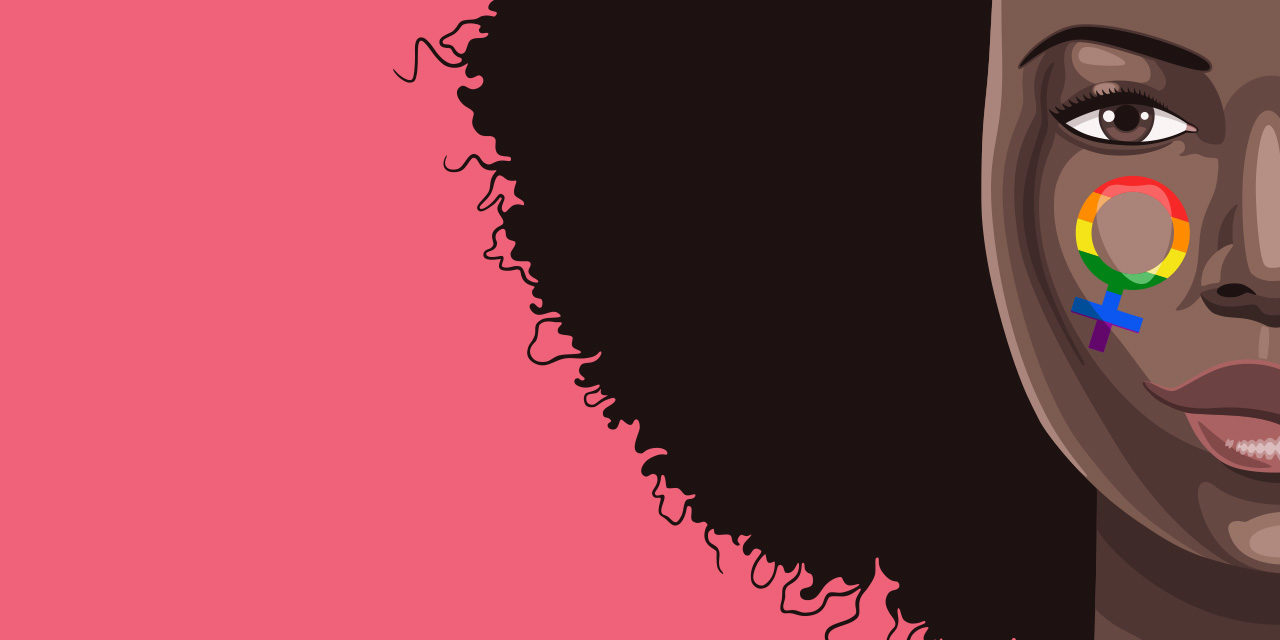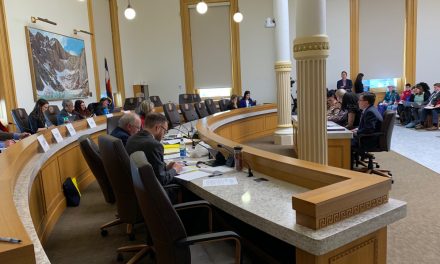The Gallup polling organization is now reporting its new research indicates that 5.6% of U.S. adults now “identifying as LGBT.” They add, “The current estimate is up from 4.5% in Gallup’s previous update based on 2017 data.” This number was only 3.5% in 2012.
Are more people really “gay” than in years past?
Given the growing political and moral significance of this topic in culture today, it is essential all Americans ask what data like this actually means … and doesn’t mean. There are clearly a number of important questions surrounding this topic if we are really going to understand what it actually means. The first is the meaning of the “thing” itself.
Is Being “LGBT” Actually a Thing?
It is essential to understand that “being LGBT” is not actually the thing most people assume it is. Being LGBT is not a clinical sexual attraction. It is certainly not a medical or scientific term. No one is actually a lesbian, gay, bisexual and transgender person, much less all the other letters. It is merely a socio-political mash-up, a famously broad and imprecise term of political or ideological identity. Period.
This is demonstrated in the very fact that Gallup employed the term “LGBT” in its investigation, rather than any of the ever-evolving longer string of letters like “LGBTQ,” “LGBTQQIAA,” or the clumsy catch all “LGBTQ+”. If “being LGBT” were really a thing, a meaningfully precise measure of what someone actually is, we could reasonably ask what Gallup’s percentage would have been if they offered respondents additional lettered options. Would their number have been larger if they asked how many were either “Q” or “Queer and questioning +” or included any of the other many letters? None of the many news stories on the report bothered to ask this important question.
This simply demonstrates that the general media lazily accepts that “being LGBT” is mere short-hand for being experimental. It is not an objective, scientific thing, but merely an elastically loose identity rooted in politics and self-perception. That is why this new data doesn’t even really tell us anything, other than that people are simply becoming more liberal and elastic in how they identify themselves regarding their sexuality and gender. And of course, they are. It’s the fashion of the day. As we shall see, it certainly doesn’t tell us anything reliable about what people actually, objectively are.
The research on what people actually do sexually, rather than just how they “identify” has long been well documented among scholars to be famously complicated because how people identify and what they actually do are often very different.
Age Matters
Gallup’s report backs up this fact, showing that young adults today are over 3 times more likely to report “being LGBT” than even Gen Xers are. Gen Xers are certainly not so traditional that they would be reticent to admit any alternative sexual practices to pollsters or their peers. It is simply that it is becoming increasingly fashionable to be seen as sexually experimental today. A colleague of mine in this work said it well, paraphrasing Huey Lewis, “It’s hip to be queer.” This is also evidenced in the fact that 55 percent of those who told Gallup they were “LGBT” said they were simply bisexual.
Queer advocates and their media partisans regularly tell us that “being LGBT” is a totally normal, natural thing. But the data is beyond dispute that young people are far more likely to identify as being LGBT than all other age groups. And often that identity is curiously at odds with their actual sexual attraction, as evidenced by the fact that women who openly identify as lesbian tend to have stunningly high unwanted pregnancy and abortion rates. It’s true. “Being LGBT” is often more of a temporary, life-stage, socio-political identification than what someone actually is.
Sexual Orientation is Not What You Think It Is
We have been carefully and secularly catechized to believe that being “gay,” “lesbian,” or “transgender” is an actual biological thing. But as catchy as it might be, Lady Gaga’s pop song “Born This Way” is not science. Even the American Psychological Association still admits no one is really quite sure how or why people come to identify as any of the letters in the LGBT alphabet soup. The APA explains,
There is no consensus among scientists about the exact reasons that an individual develops a heterosexual, bisexual, gay or lesbian orientation. Although much research has examined the possible genetic, hormonal, developmental, social and cultural influences on sexual orientation, no findings have emerged that permit scientists to conclude that sexual orientation is determined by any particular factor or factors. (emphasis added)
What is more, liberal scholars in the field of gender studies have increasingly been questioning if sexual orientation really is what our current cultural script says it is. Few journalists are aware of this fact. Other scholars, based on how the political and practical ideology of gender studies is indeed shifting, hold that the concept of sexual orientation itself should actually be retired in favor of something called sexual configuration theory because, as one scholar holds, “sexual orientation as a term is increasingly seen as regressive,” because it “belongs to the bioessentialist project” that provides no chance for someone to become or experience something “other” new or emerging sexually with an equal legitimacy. The idea that sexual orientation is set is so 2015.
And scholarship coming out of Cornell University is now explaining that the majority of people who identify as LGBT can simply be described as either “mostly straight” or “mostly gay” rather than fully one way or the other. You can read a fuller survey of the professional research on how gender theorists themselves are reconceptualizing what sexual orientation is and that it’s very different than what most progressives in the popular culture assume. The whole game is shifting right under our feet and this fact is no secret to anyone who follows the literature.
Take With a Large Dose of Salt
So when you hear in the news this week that “1 in 6 Gen Z adults are LGBT” like we did in The Washington Post or as USATODAY announced in a headline, “Society is Changing,” the wise and informed person must receive this information with the essential question of “What does it actually mean to be LGBT?”
This is because there is no clear and agreed upon answer to this seemingly simple question. Not even the supposed “LGBT community” itself is clear on the answer. It is merely an inherently imprecise political and ideological identity that is simply growing in popularity with young people which is not really news to anyone. That is really all this new Gallup research means.
Photo from Shutterstock






